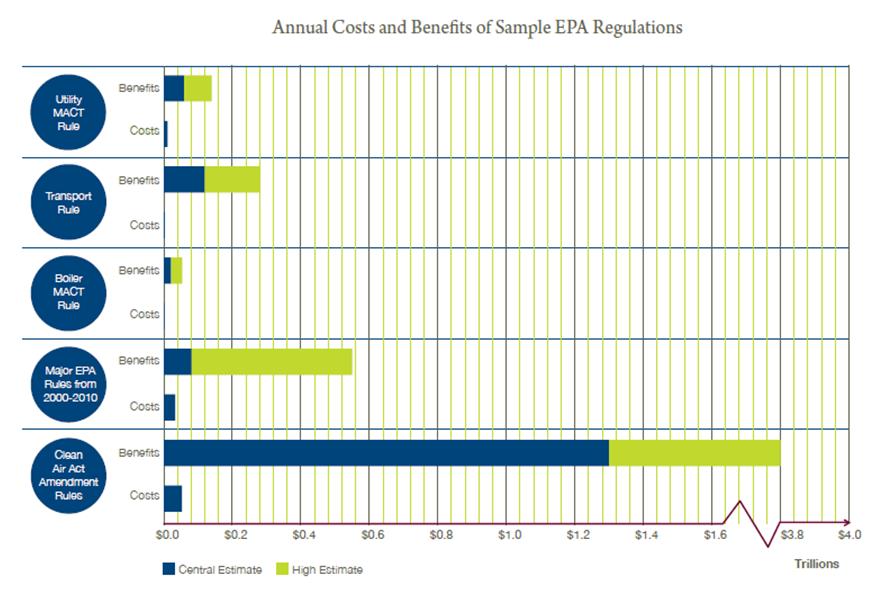The New York University School of Law’s Institute for Policy Integrity has released a new report – The Regulatory Red Herring: The Role of Job Impact Analysis in Environmental Policy Debates. The study finds that claims of jobs that stand to be gained or lost due to environmental regulations require much closer scrutiny than they’re given. Very often these claims are made dramatically out of context, based on economic analyses that may not have been meant to support them.
The report goes on to say there are ways that cost-benefit analysis can more accurately evaluate the effect of environmental regulation on layoffs and hiring. But frequently, the tendency is for jobs impact models to be used in ways that are not helpful in debates over environmental protections. Results are sometimes cited without calling adequate attention to their limitations and assumptions even though different modeling choices can lead to drastically different conclusions.
EPA’s recent regulations, which have come under attack for “killing jobs,” have all gone through economic analysis and have been vetted by the White House Office of Information and Regulatory Affairs. For example, the Boiler MACT Rule is estimated to deliver between $22.2 billion and $54.5 billion in benefits per year, including the avoidance of thousands of premature deaths and cardiopulmonary illnesses annually (as well as significant, non-monetized ecosystem and mercury reduction benefits); by comparison, only about $1.9 billion in costs are expected.
Below is a table that shows the analysis for several EPA regulations.
In each instance, the benefits outweigh the costs. Click here to get the full report.



